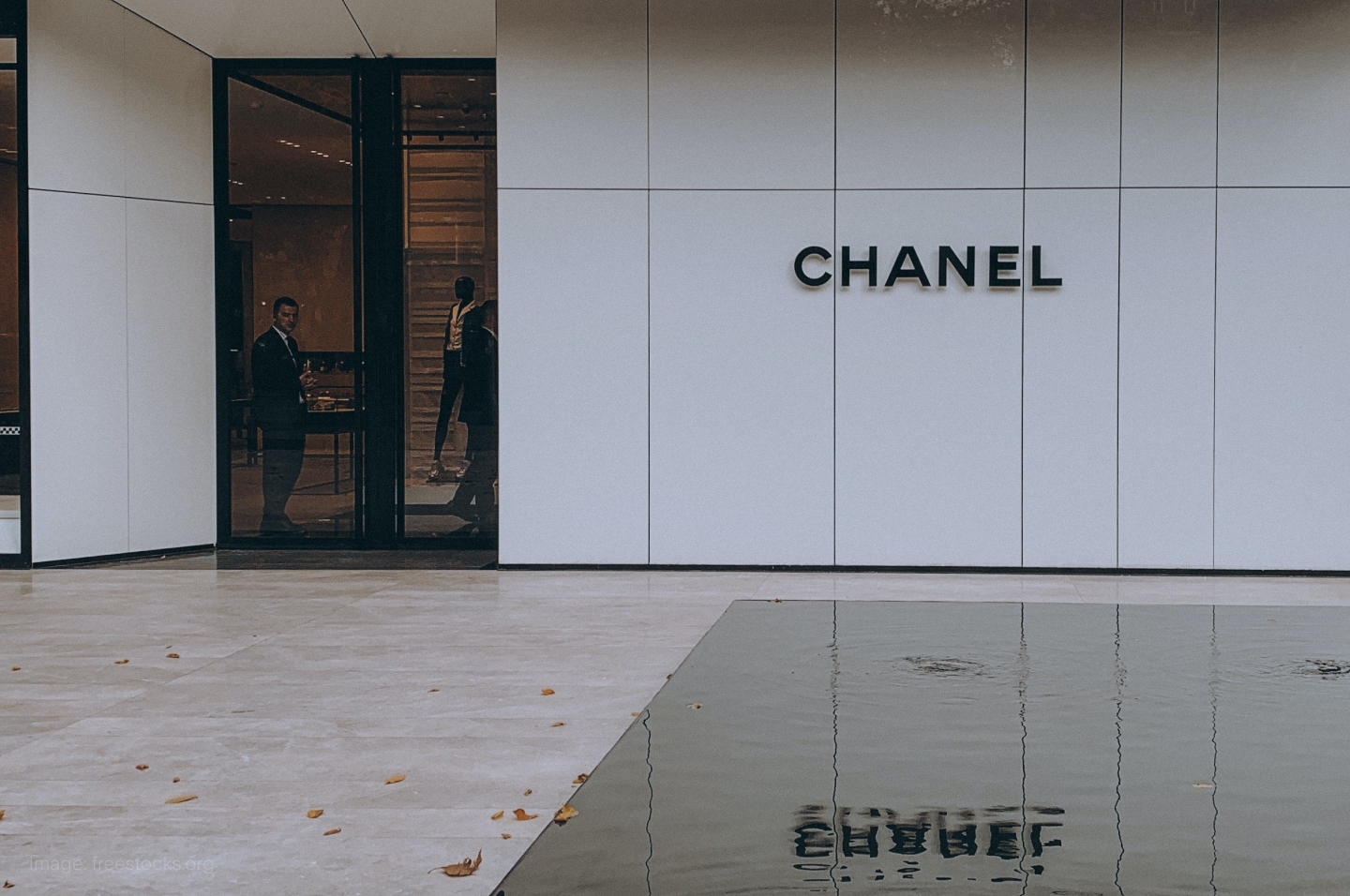
Deluxe
Chanel, Hermes, Rolex, Ferrari – what these brands all have in common is that the more expensive their products are, the more people want them.
In 1990, you could walk into a Chanel store and easily find their Medium Classic Handbag available for just a little over US$1,000. Adjusting for inflation, you’d think that that same handbag should cost a maximum of US$2,500 today. Yet it comes with a hefty price tag of US$10,200, and is always out of stock.
Similarly, Rolex watches now have multi-year waitlists despite massive price increases. Hermès requires an extensive purchase history before customers are “offered” the chance to take home a Birkin bag. This leads to Birkins being sold for double the price on secondary markets.
One of the most fundamental principles in economics is the law of demand, which states that – in layman’s terms – the more expensive something is, the fewer people would buy it. Makes sense, right? While this holds true for many products, goods like Chanel and Hermès bags break that rule – anomalies that economists call “Veblen goods”.
Veblen goods are products whose demand increases as their prices increase. Additionally, they are usually marketed as being scarce or hard to obtain. Thorstein Veblen, who identified it for the first time in his book The Theory of the Leisure Class, noted two main explanations for this: the perception of quality and desire for status symbols. The higher the price, the more likely consumers would be to perceive the product as having superior quality. With that comes the exclusivity – providing a sense of “status” to those who can afford the price to own the product.
Naturally, businesses have noticed. In addition to Chanel, Hermès, and Rolex, various other brands have adopted strategies to establish themselves as Veblen goods, such as by artificially limiting supply and increasing prices. A few examples are Bacardi’s Grey Goose Vodka, De Beers’ diamonds, Ferrari’s ($RACE) LaFerrari and LVMH’s ($LVMUY) Louis Vuitton bags and Moët champagnes.
Veblen goods are not just an economic concept either. Investment analysts call it brand equity – the value premium that consumers are willing to pay for a product with a recognizable brand name. Once brand equity has been established, it may even appear in a company’s financial statements as an intangible asset; a testament to the financial value that even the IFRS places on branding.
So the next time you’re interested in purchasing from a “luxury” brand, consider whether you’re being influenced by the Veblen effect. How would you feel knowing that your Birkin bag actually only cost US$800 to make?

